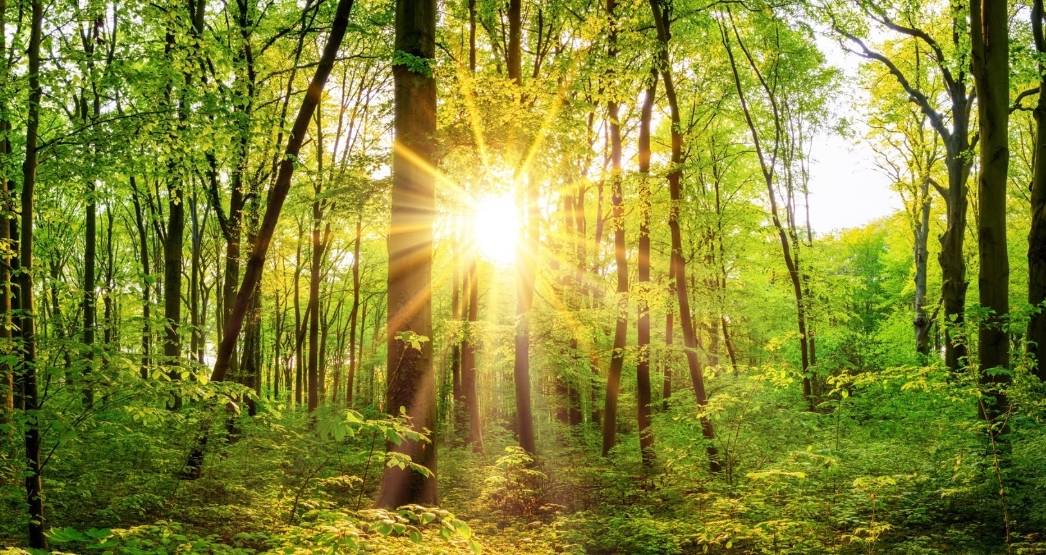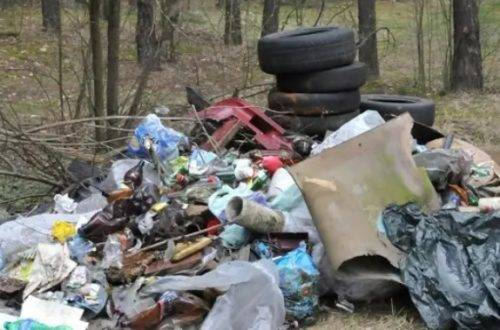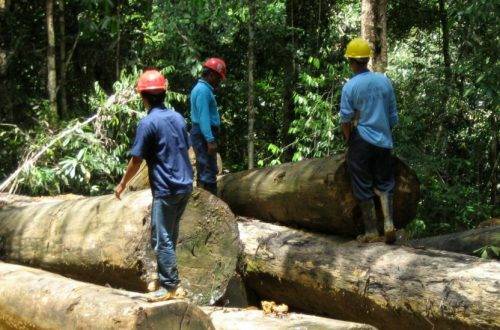
Adapt forestry to climate change
Periods of drought and heat waves have an impact on the health of forests planted a few decades ago. It will therefore be necessary to find more resistant species and also to review certain silvicultural methods. Report in Haut-Languedoc.
Haut-Languedoc is a mid-mountain region located south of the Massif Central, between the departments of Hérault and Tarn, in the Occitanie region. It has 117 municipalities and extends over approximately 300,000 hectares, two thirds of which are covered with forest. Hardwoods, holm oaks, deciduous oaks, beeches and chestnuts, and conifers, firs, spruces, Douglas firs and pines. Relatively diversified forests since they are located at the confluence of three climates: Atlantic to the west, Mediterranean to the south and east, and mountainous to the north. But with global warming, the boundaries between these different climates are shifting and some areas are impacted, with trees suffering or even dying. Watch the report. Water stress weakens the defenses of trees and makes them more vulnerable to other nuisances such as parasites.
Imagine the forest of tomorrow
It is clear in the field that some trees are no longer adapted to the climate in which they grow. But it is still difficult for forest managers and owners to know how to develop plots. With which other types of species and possibly with which other silvicultural methods? By stopping, for example, clear cutting, which consists of cutting down all the trees on a plot, leaving the ground bare, thus amplifying the harmful effects of drought or heat waves on the natural environment.
This is how the Foreccast project was born, 60% funded by the Life program “action for the climate” of the European Commission, supported by the Haut-Languedoc PNR and in collaboration with the CNPF and the AFB cooperative (Alliance France Bois). Also with the technical expertise of Inrae, IGN and Météo France. The objective: to adapt these forests to climate change. A project that begins in 2016 and ends in 2019, although follow-ups will take place for many more years. This involves carrying out a whole set of actions that should allow managers and owners to integrate criteria based on climate change scenarios into their management strategy.
A range of experiments
Firstly, the creation of a “Foreccast by BioClimSol” application: volunteers will be trained free of charge to use this decision support tool to manage forest stands or reforestation according to available site and climatic criteria. New silvicultural practices are tested in real life, adapted to global warming. About twenty owners have volunteered.
A soil campaign was carried out to estimate the useful reserve of forest soils in order to identify the types of soil most vulnerable to climate change. A hundred stations were studied throughout the territory: description of the health status of the population, study of the sub-surface of the soil and digging of soil pits.
Arboretums have been set up to study little-known species in the area, some of Mediterranean or eastern origin, more resistant to drought. However, they must also resist frost in a mountain context… Trials of mixed plantations have been carried out to increase resilience, with several types of modality, in strips, in rows, foot by foot, in bouquets…; also silvicultural intervention tests with thinning following a health diagnosis to promote the most resistant and resilient trees. And hope for a natural regeneration from the latter by betting on an in situ genetic adaptation.
All of these actions will take time to yield results. Indeed, in the forest, it takes decades to assess the relevance of a particular practice. And what is true today may not be true in 30 or 50 years. This is why this type of experience seems essential, the forest must now begin its transformation.




